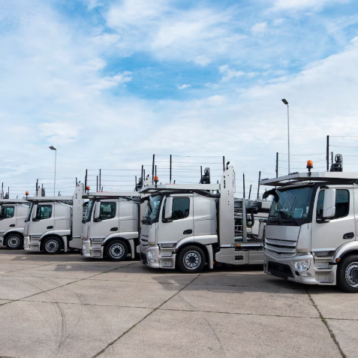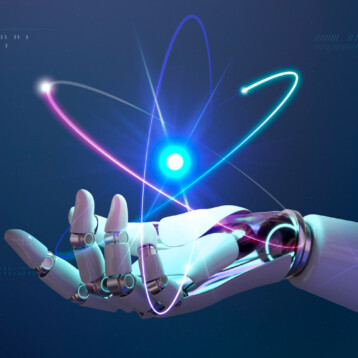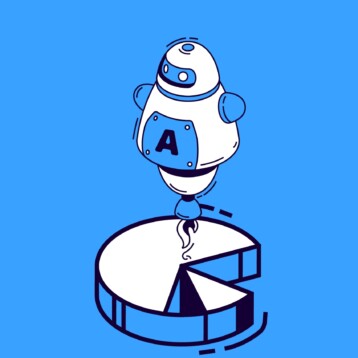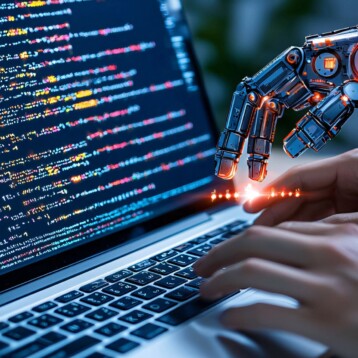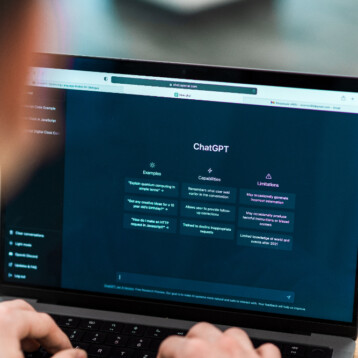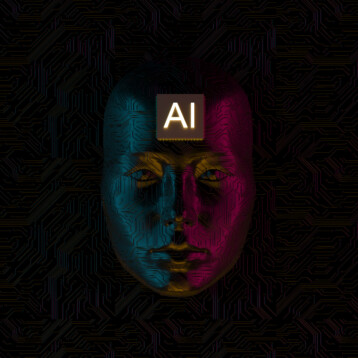
Photo by Hitesh Choudhary on Unsplash
The business of all sizes and industries are incorporating intelligent automation technology into their operations. Chatbots now answer customer service questions, virtual assistants field HR issues, and robotic process automation bots help accomplish operations tasks. And even more interesting, organizations are beginning to turn to these technologies to influence decisions made in the C-Suite.
Just how the introduction of robots in manufacturing changed the industry, companies that leverage RPA and AI in C-Suite decision-making will also see great change. Leading a team that is a hybrid of people and robots presents new challenges to managers. Leaders will be required to both understand large amounts of quantifiable data as well as understand the human side of the business. Let’s explore how top-level management will change with the addition of AI and RPA.
Changing Priorities and Objectives
Historically, the objective of C-Suite executives is to delegate the work of human employees. However, with the increasing rate at which AI and bots are integrated into businesses, the C-Suite must also oversee this technology and its usage within an organization.
This puts increased responsibility on the C-Suite, as they must be familiar with the knowledge of these systems. Without proper knowledge of how the machines work and what they are capable of, it will be hard to delegate the various tasks within a company between the human workforce and the non-human.
CXOs must also familiarize themselves with the concepts of “big data” as this is where AI makes its biggest impact. AI can process large amounts of data to figure out patterns and market trends. For example, a CMO or CTO will be required to leverage how AI is used in creating more effective market strategies.
These new uses of technology will present managers with new questions. Who will manage that portion of the workforce? Who will be in charge of technology ethics? How much money should be allocated for the technology? Each team will have to find solutions to new questions.
Human Perspective
Some of the best AI and robotic processes will help take care of the manual portion of employees’ roles. If robots can take care of repetitive tasks, mid-level management will have more time to strategize, meet with customers, or develop long term goals. Additionally, while robots are adept at gathering data, CMOs, CTOs, and other execs can provide human context that can turn the data into actionable plans. Todd Lohr, Principal, Technology Enablement & Automation at KPMG explains that, “You’re going to see automation create new ways of working and creating value. And what that means for business is that you’re going to see a shift to people working on higher-value tasks.”
Threat or An Opportunity?
There is a concern at the top levels of companies on whether employees will lose jobs because of AI and its advances. The reality of the matter is that while robots will take over some roles, humans will be always be required to lead, strategize and execute in a business. So while Jack Ma, the man behind Alibaba said that “in 30 years, a robot will likely be on the cover of Time Magazine as the best CEO,” we may actually be quite far away from that reality.
CEOs and other members of the executive team provide vision and leadership that can’t be replicated by AI or robots. The best leadership teams will create a culture where this technology is leveraged for specific abilities, while humans will continue to be trusted with tasks that need a human touch.
Mitigating New Risk
While automation can decrease human risk, there is always a risk of computer failure which could be devastating for an organization. In this new world, where teams are both humans and machine, C-Suite executives will ultimately answer for risks associated with both.
Savvy executives will be required to analyze each task and understand the unique risks associated with both automation and manual work. While no one can predict every failure, it is important to review the most common “gotcha moments” that have occurred in other organizations, as well as massive failures.
A Joint Future
By leveraging AI and process automation, executive teams have the ability to build extremely powerful, data-driven organizations. While there is no one-size-fits-all solution for every boardroom, finding the right tools for your organization can allow your team to do more in less time. Automating repetitive tasks will allow more time for strategy and big-picture thinking.
The future has really become a mix of human and robotic processes and finding the right solutions that will ensure an organization stays competitive should be at the top of mind for all members of the C-Suite.


